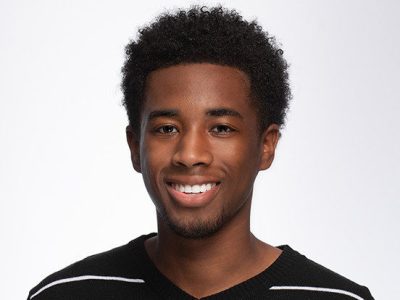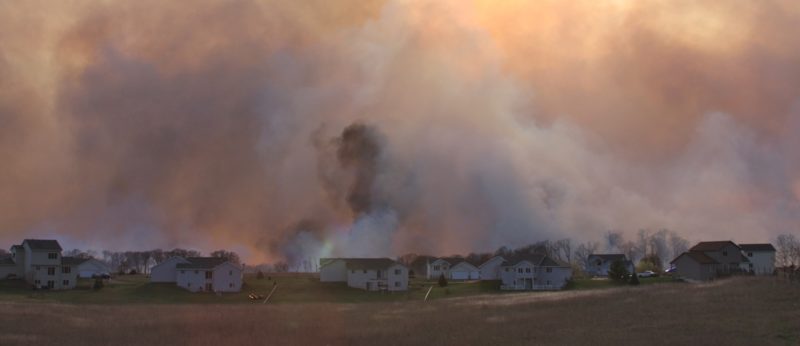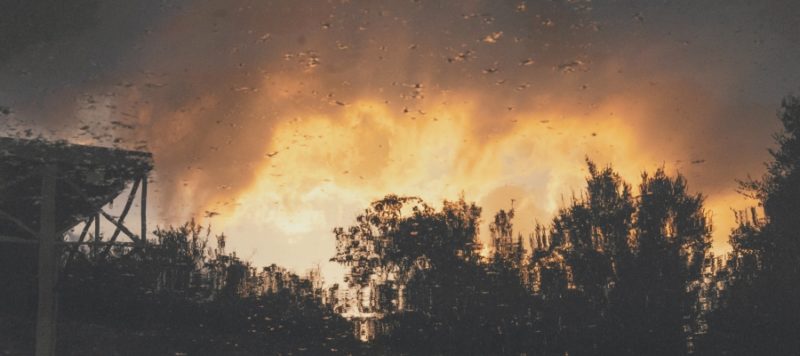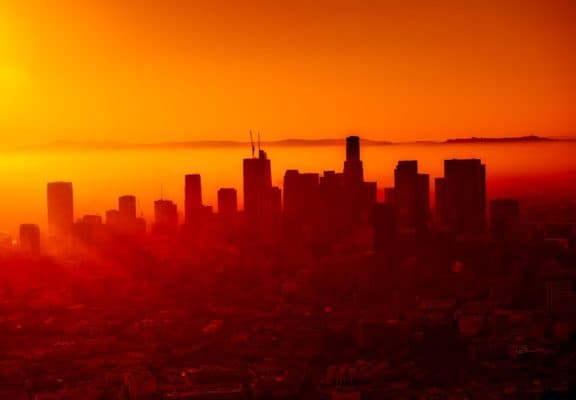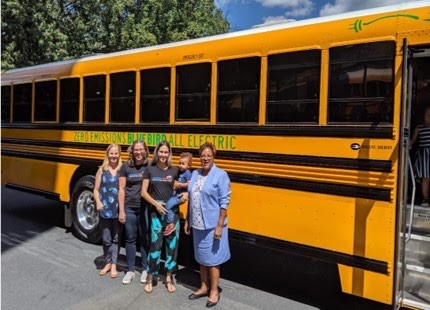Today’s guest blog contributor is Dillon Bernard, a content producer, digital strategist, and member of the C-Solutions Advisory Board. Dillon is passionate about using storytelling as a tool for transformative change. He has led digital communications strategy for youth-serving organizations like Future Coalition and The Forum for Youth Investment. Under DB Content, which is home to the youth of color-led creative collective Content By Us, Dillon works with purpose-driven organizations to craft content and strategies that amplify and reach diverse voices.
THE CLIMATE MOVEMENT HAS CONSISTENTLY HAD A PROBLEM and it comes down to two words: intentional representation. As a young Black student, I was taught about the climate crisis only in the framework of rising temperatures and the impact on ecosystems, not the ongoing and unimaginable direct human impact. Beyond this being a call for climate justice-centered education, I am talking about the need to change the narrative and messaging across the movement.
Without authentic and inclusive stories attached to our calls to action and data, we are failing the communities we say we want to serve. My most recent job was leading digital communications for Future Coalition, the coordinating organization for the #StrikeWithUs movement, which ushered in a new era in the climate movement through the September 20, 2019 U.S. Climate Strikes.
Through my work there, I got to help reimagine how we talk about climate for and with the people most directly impacted. Our messaging, which mobilized over 650,000 people to come out in the streets, was purposefully youth-focused. We concentrated on creating culture-driven conversations, used the power of art to start intentional dialogues, and tapped key entertainers and amplifiers to make our solutions-oriented message inescapable. We highlighted the power of a movement that is centered on unity, collaboration, and redefining power.
When we talk about who is represented, spokespeople matter. When we change the narrators, we shift the narrative. The climate justice movement has attempted to elevate the stories of historically underrepresented people, but this has still left a gap in ensuring that communities of color are not just advising the work, but are actively guiding it. Particularly, young Black activists and changemakers have had to find their own way and create their own spaces, including through youth-led efforts such as Generation Green and Youth Vs. Apocalypse, two organizations both focused on shifting power to Black youth and youth of color by creating a space for ourselves.
Currently, my work is also in this vein: using the power of storytelling to push movements forward. Young people — particularly BIPOC youth — showed up in historic numbers to vote in the 2020 election. We shifted our energy from the streets to the ballot box, understanding that we’re in a time crunch to protect our future. The clock to irreversible climate change continues to tick, as communities — particularly Black, Indigenous, and communities of color — face climate destruction and displacement.
When we talk about climate solutions and reimagining this critical turning point, this is also a moment to ensure that we authentically center and elevate Black youth. Having young Black youth at the table is the bare minimum. It’s time to shift power. With my work at projects such as Content By Us, a youth-led creative collective focused on liberation through diverse and inclusive narratives, we are showing what it means to develop a project enlivened with a Black, queer, and feminist frame while doubling down on the power of story. At our core, we believe in matching the organizing that BIPOC youth have led with the impact of long-term narrative change.
We must message, document, and amplify our movement by ensuring that we pass the microphone and meet communities exactly where they are, online and offline.

